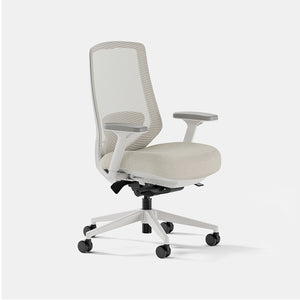A flexible workplace is a productive one. This helpful guide will walk you through six simple strategies for adding employee flexibility to your business.
Benefits of Workplace Flexibility
- Ability to move to a smaller office space for cost savings
- Better employee engagement
- Boosted morale and productivity
- Improved employee retention
- Improved job satisfaction for existing employees
- More interest from job seekers
- Prepared for future emergency circumstances that require remote workers (e.g., pandemics or natural disasters)
6 Ways to Implement Employee Flexibility
1. Try Flexible Work Hours
- Hours worked: Replace specific work hours with general office hours that allow employees to arrive and depart at times that work for them. Your employees would simply need to work their required number of hours, and they could do that however they’d like.
- Deadlines and goals: Shift to a deadline-oriented company culture and eliminate requirements for hours worked. As long as employees meet their deadlines, they can come and go on their own schedule.
2. Add Flex Days
3. Move to a Four-Day Workweek
4. Allow Remote Work
5. Implement Job Sharing
6. Provide Unlimited PTO and Sick Days
Finding Your Balance
On new furniture, exclusive sales and more.














